We began our Italian adventure in Rome! There is a ton to see in that city, but we only had 2 full days and 2 half days, so we had to plan well. We ended up with two distinct sightseeing experience — one covering “Ancient Rome” and the zillions of amazing ruins, and the other covering “Catholic Rome” which pretty much means the Vatican. Between the two, we of course covered a lot of “Modern Rome” too. Ha.
After a frantic layover in Amsterdam, we arrived right around lunchtime. Despite our best efforts to get some sleep on the plane, we were both pretty tired and began our trip with…a two-hour nap in the hotel room. Yes, we are PARTY ANIMALS. We stayed at the Hotel Kolbe Rome and were very pleased with it. The room was very spacious by European standards, decorated well, and the bathroom was really nice. The shower drain was almost entirely clogged, but that was the only issue and I’d recommend this as a good place to stay. It was right next to the Roman Forum, which was very convenient for our first day in Rome!
After our nap, we decided to spend the evening in the area around the Pantheon. It started raining as we left the hotel, but fortunately it didn’t last long. When we arrived, there was a service going on inside, so we had to wait until that was done before we could go in. The Pantheon was built as a temple to the Roman gods, but was scooped up by the Catholic church more than 1000 years ago after the Roman empire had fallen. It’s one of the most well-preserved of all ancient buildings because it’s been in constant use for almost 2000 years. Pretty amazing.
It was still drizzling when we went inside, and you see the rain lightly falling through the oculus in the ceiling. That hole is almost 30 feet in diameter, just to give you a sense of scale! We spent at least an hour here, wandering around the entire circumference of the building to admire the statues and architecture. I think my favorite part is actually the ceiling itself. The coffers look so cool and precise, and imagining building it 2000 years ago kind of blows my mind. (2000 year old structures blowing my mind is a common theme from this trip.)
The walls are still very ornate, covered in marble and tile and intricate columns. The floor is also beautiful, and has almost unnoticeable drains in the middle to take care of the water that comes in through the oculus whenever it rains. After thoroughly exploring the Pantheon, we headed outside with the intention of walking back to our hotel while stopping at some other sights along the way.
Only a few blocks away was Piazza Navona, one of the more famous piazzas in Rome. It’s much longer than it is wide because it was apparently built on the site of an old stadium. There was a large church there that we didn’t go in, but we spent a while admiring the Fountain of the Four Rivers that sits in the middle of the piazza. It was designed by Bernini in the Renaissance and refers to the four major world rivers that were known at the time — the Nile, Danube, Ganges and Plate (i.e. Rio de la Plata). The story goes that Bernini wasn’t even asked to submit a design for this fountain (it was commissioned by the Pope at the time). Feeling slighted, Bernini snuck a design into the contest anyway, and it was so magnificent that the Pope couldn’t turn him down.
From there, we walked a bit farther to Campo de Fiori, where we listened to a group of street musicians and ate at one of the restaurants on the square. There is a single statue in the middle of this square that is actually pretty creepy looking — he looks down from above with a very serious and unhappy face. It honors Bruno, who was burned alive in this spot in 1600 after being convicted of heresy for believing things like “the sun is the center of the solar system” and “stars are heavenly bodies just like our sun.” GASP! (Ok, he also spoke out against Catholicism in general, which probably didn’t go over well either.)
By the time we finished dinner, it was dark and getting late and we were still jet-lagged, so we headed back to the hotel. (After stopping for some gelato, of course.) After a good night’s sleep, we were ready to spend our first full day in Rome at the Roman Forum and Colosseum!
As I mentioned earlier, our hotel was right next to the Forum so all we had to do was walk up the road a bit and voila — the entire ancient Roman Forum was spread out below us! It was an incredible view, and one that I don’t remember seeing during my first trip to Rome in 2001. In fact, I was surprised to see how LITTLE I remembered from our post-college backpacking trip nine years ago. I remember a lot about the funny stories and little things that we did — I totally remembered that there was a McDonald’s across from the Pantheon and that we got some french fries; that Becca, Kim and I took a silly picture in front of the ruins of the House of the Vestal Virgins; that Carter had the world’s largest gelato cone yet devoured it in like 2 seconds — but the major sights don’t really stick out much. I guess it’s true that a big part of travel isn’t what you see, but who you see it with!
We made our way into the Forum and rented a couple handy audioguides, since the signage there is pretty poor. My favorite ruin was the Temple of Saturn, which you can see behind Jose in the photo above. There are eight columns still standing, and it was fun to picture how amazing it must have looked when the entire structure was new and gleaming in marble and travertine. (Side note: Most of the world’s travertine comes from Italy!)
One of my favorite little tidbits about Rome is the acronym “SPQR” that pops up everyone — on both ancient and modern structures alike. It stands for “Senatus Populus Que Romanus,” which is Latin for “The Senate the People of Rome.” The city still uses it today on everything from building to manhole covers.
From the main Forum, we headed up to Palatine Hill, which was right next door. It’s one of the seven hills of Rome, and it supposedly where the city was founded years and years and years ago. It felt drastically different from the forum — less crowded, less compact, and much more tranquil. There was a lovely view of the Colosseum from the top, a cool old stadium, and the breeze and trees were a welcome relief, since we were quickly beginning to lose steam. You can see from the photos that the weather was pretty spectacular — sunny and clear! (And in the 70-80 degree range with low humidity, so not too bad at all). However, you can also see that there was NO shade in the Forum. We knew this, and took precautions with sunscreen and water, but the relentless sun still made us pretty tired after a few hours. We found a pizzeria nearby to recharge before heading to the Colosseum for the rest of the afternoon.
The Colosseum is without question my favorite Roman ruin. First of all, it’s just MASSIVE, even by today’s standards. Can you imagine what people must have thought when they came to Rome for the first time and were met with this? Amazing. On top of that, the detail you can see in the architecture and construction, even after more than a thousand years of decline and disrepair (unlike the Pantheon, the Colosseum was left to rot for quite a while after the fall of the Romans), is stunning. It continuously blows my mind to think about the things the Romans were able to accomplish despite their lack of any modern technology or construction methods.
We skipped the audioguide in favor of a guided tour, which was great and taught us all sorts of interesting things. Some fun facts:
- The true name of the structure is the Flavian Ampitheater, but people started referring to it as the Colosseum because it was built next to a colossal statue of Nero (which begs the question of how huge a statue would have to be to dwarf even the Colosseum).
- It was built on land that Nero had reserved for his own private use. Nero was notoriously crazy and widely disliked, so building the Colosseum there was a political move by the next emperor — a kind of “hey, look what I did for you, the people!”
- The word “arena” is the Latin word for “sand,” which is what covered the floor during gladiator battles to soak up the blood.
- Although it wasn’t done often, the entire floor could be flooded for mock sea battles.
- It had a roof of sorts — large awnings hung from poles around the circumference.
- When it opened for the first time, the celebration lasted for 100 days. It was like a holiday, so no other business went on during this time — everyone just went to the Colosseum every day. Can you imagine how rich the Roman empire had to be in order to basically shut down for 3 months for what was essentially one big party?
We wandered around the Colosseum for more than 2 hours, until we finally had no choice but to leave because they were closing for the evening! It was awesome to see the ruins lit by the setting sun. After a nice dinner, we finished the day with a trip to see the Trevi Fountain. This was a classic Rome sight that I actually missed on my first trip and wow — it was similarly amazing, even if it’s “only” a few hundred years old. Despite the fact that it was 10:30 at night, there were TONS of people gathered around. We made our way through the crowds long enough to each toss a coin into the fountain — the legend says that doing that will ensure your return to Rome. (Apparently, as much as $4000 is thrown into the fountain EACH DAY.)
So that was our day and a half covering most of the ancient ruins. You can see my selected set of photos in the viewer below, or over on Flickr.

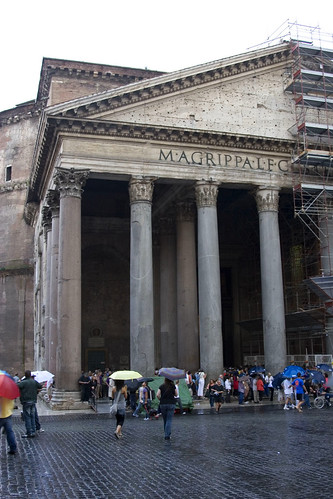

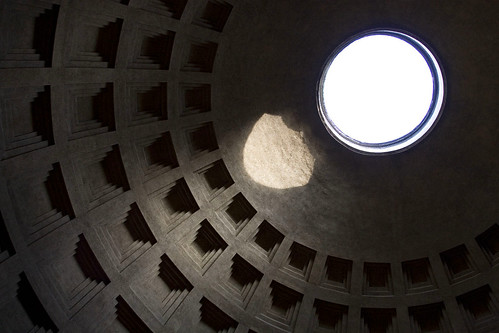

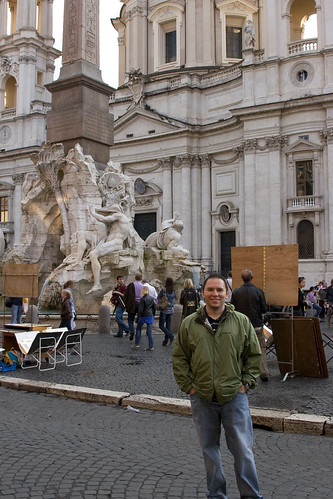
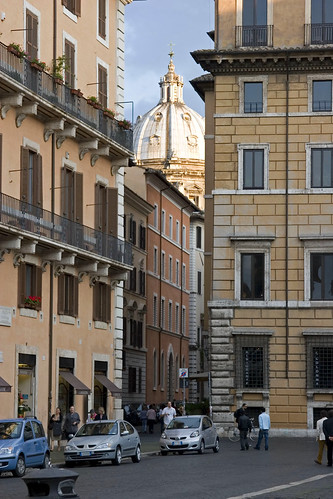


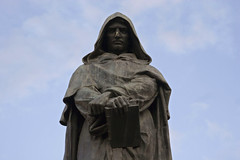
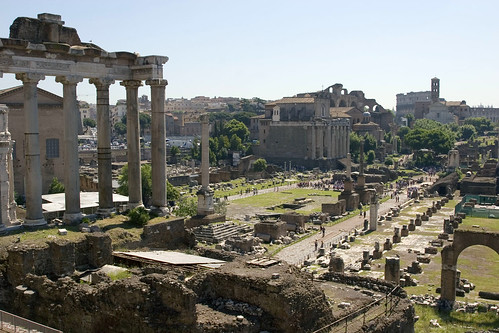
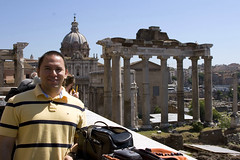

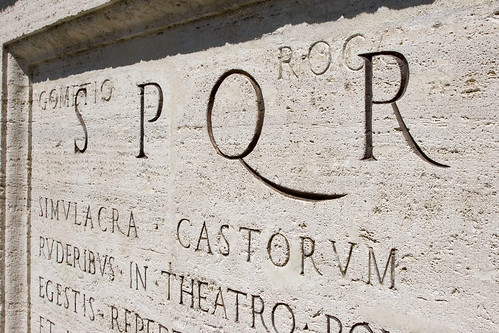
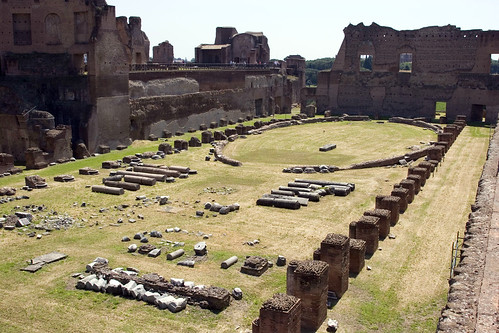
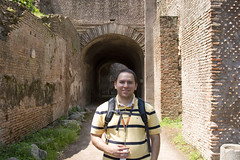
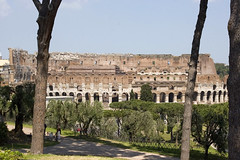
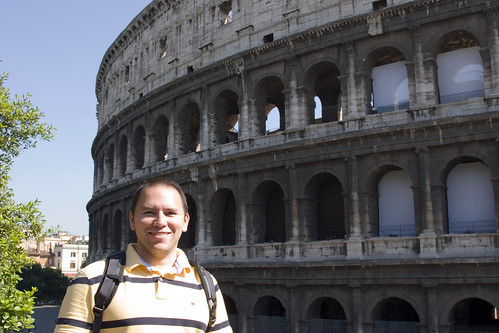
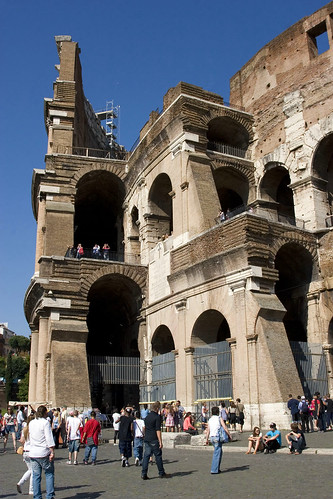
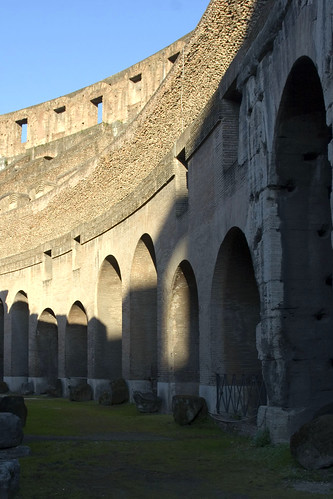
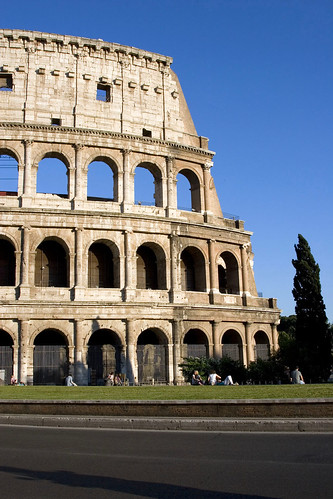
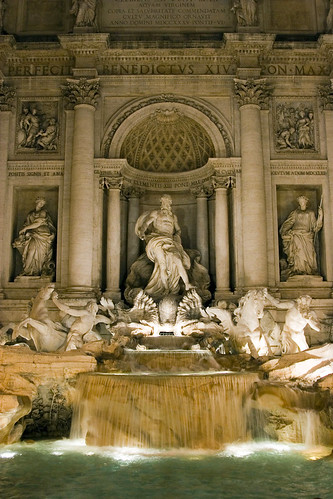
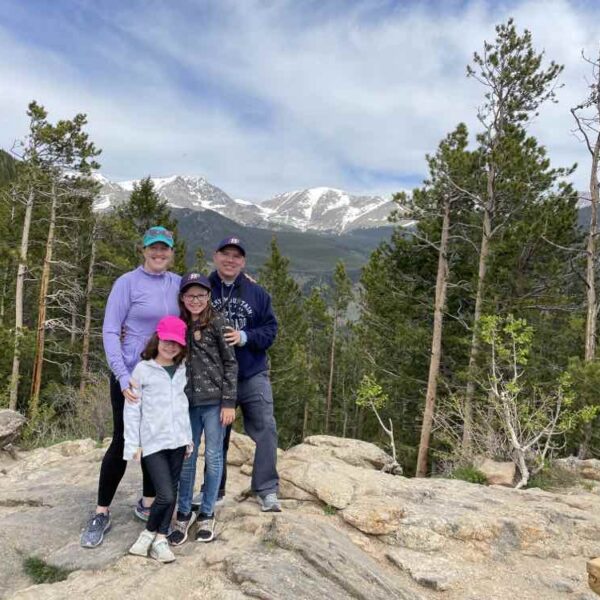
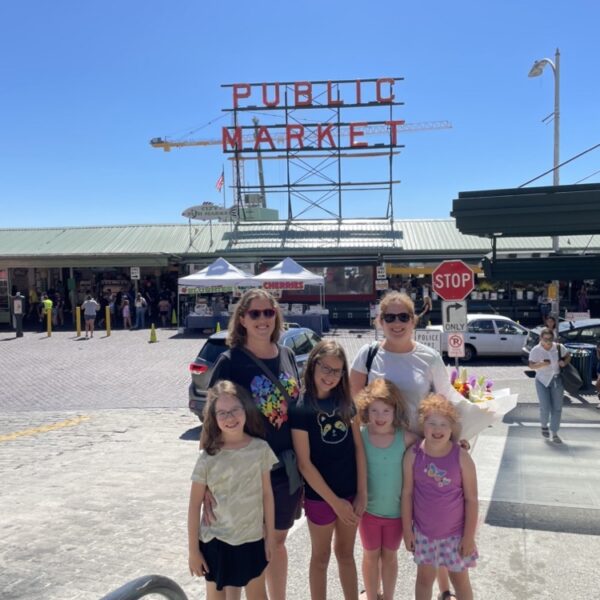






[…] a very full day and a half of visiting ancient Roman ruins, we spent our second full day at the Vatican. A hair-raising taxi ride took us from our hotel […]